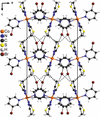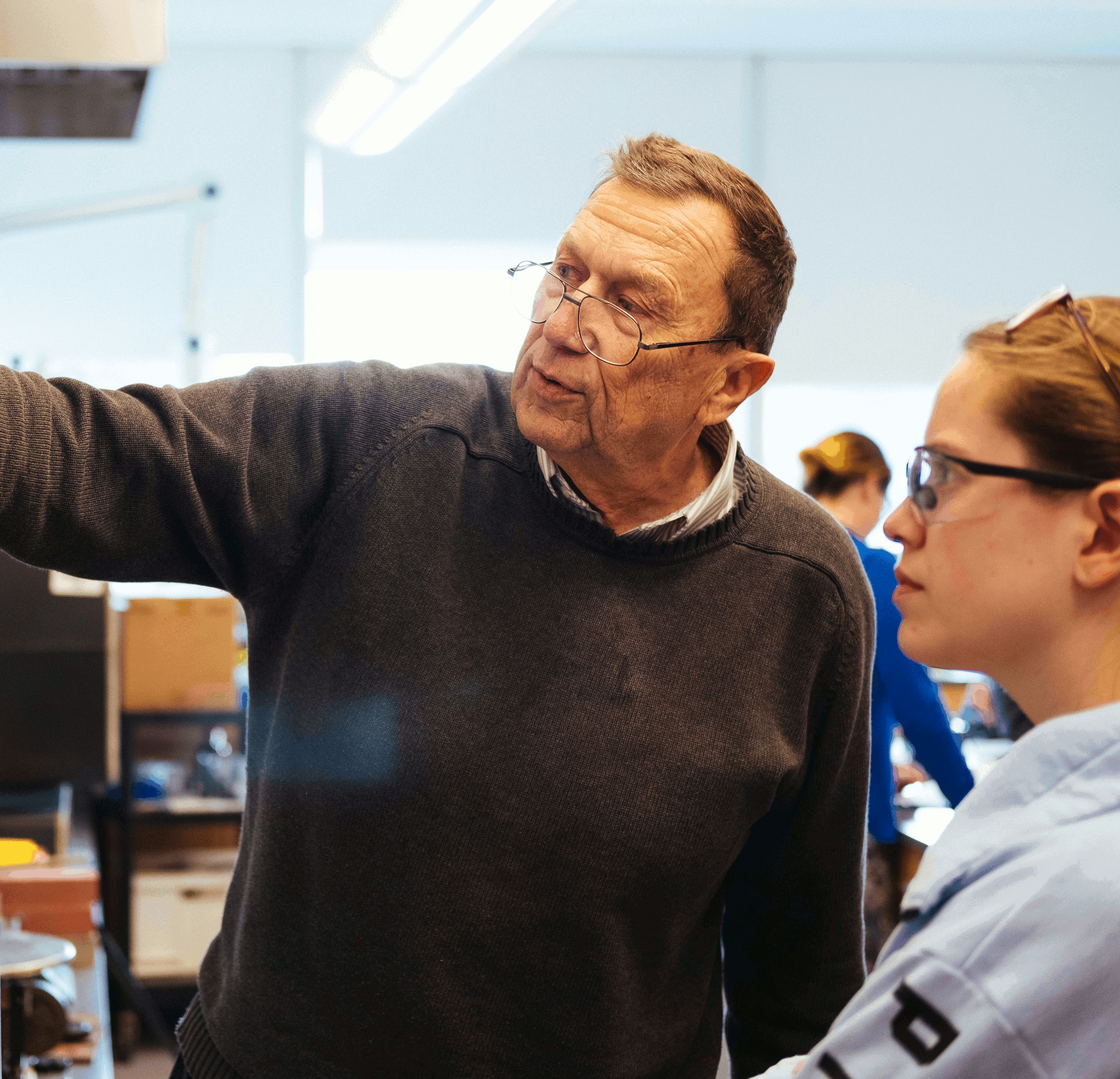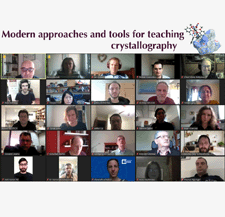issue contents
January 2023 issue

Cover illustration: The reaction of Co(NCS)2 with 3-bromopyridine in acetonitrile resulted in the formation of bis(acetonitrile-κN)bis(3-bromopyridine-κN)bis(thiocyanato-κN)cobalt(II), [Co(NCS)2(C5H4BrN)2(C2H3N)2], a complex containing a slightly distorted CoN6 octahedron. In the crystal, the complexes are linked by C—H⋯S, C—H⋯Br, C—H⋯N and π–π interactions. The report also describes the mass losses observed in TG-DTA measurements. See: Krebs, Jess & Näther [Acta Cryst. (2022). E78, 14–18].
research communications
Download citation


Download citation


The supramolecular assemblies of the two title structures are one-dimensional: the chain-of-rings motifs are supported by aromatic π–π interactions.
Download citation


Download citation


The title compound was synthesized via slow evaporation of an aqueous solution of picric acid with the substituted morpholine base and crystallized with one cation (C6H15N2O)+, one anion (C6H2N3O7)− and a water molecule in the asymmetric unit. The morpholine ring in the cation adopts a chair conformation. The structure is stabilized by C–H⋯O, O—H⋯O, O—H⋯N and N—H⋯O hydrogen-bonding interactions and π–π stacking. The intermolecular interactions of the synthesized compound were quantified by Hirshfeld surface analysis.
CCDC reference: 2222322
Download citation


Download citation


The crystal structure of the title compound consists of discrete octahedral complexes, which are linked by intermolecular C—H⋯S and C—H⋯N hydrogen bonds into chains.
CCDC reference: 2222142
Download citation


Download citation


In the crystal structure of the title compound, the nickel cations are octahedrally coordinated by two terminal N-bonded thiocyanate anions and four 3-methylpyridine ligands.
CCDC reference: 2222139
Download citation


Download citation


Iclaprim and mesylate molecules are linked into a hydrogen-bonded molecular tape, the central section of which is composed of fused rings.
CCDC reference: 2224639
Download citation


Download citation


The crystal structures of the disulfide derivative of (Z)-ethene-1,2-bis(diphenylphosphine) as well as its complex with PtII are described here. The structure of the phosphine sulfide features intramolecular π–π interactions and C—H⋯S hydrogen bonds, as well as intermolecular π–π and C—H⋯π interactions. The structure of the platinum(II) complex features intermolecular C—H⋯Cl and C—H⋯S hydrogen bonds.
Download citation


Download citation


The novel crystal structures of two LiCl·DMSO polymer phases are described.
Download citation


Download citation


The crystallization and supramolecular structure of a new europium(III) compound based on thiopheneacrylic acid is reported.
CCDC reference: 2226237
Download citation


Download citation


Na2S2O3·2H2O has been known for more than a hundred years but no structural data were known to date. Now, crystals of this compound have been grown at the surface of an aqueous solution of Na2S2O3. The sodium cations are five- to seven-coordinate by thiosulfate anions and water molecules with the anions acting as mono- and bidentate ligands. The thiosulfate anions and water molecules are connected by O—H⋯O and O—H⋯S hydrogen bonds of medium strength to form corrugated layers, which are linked by sodium cations.
Download citation


Download citation


In the crystal structure of the title compound, the dimesitylboron group acts to reduce the delocalization of the nitrogen atom's lone pair into the pyrrole ring, with increases in the two N—C bond lengths compared to pyrrole itself. The N—B bond is 1.44125 (15) Å long.
CCDC reference: 2166138

 journal menu
journal menu






























